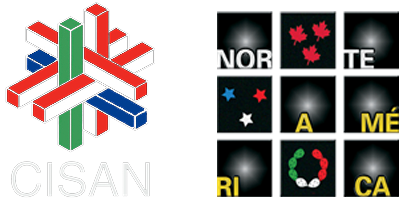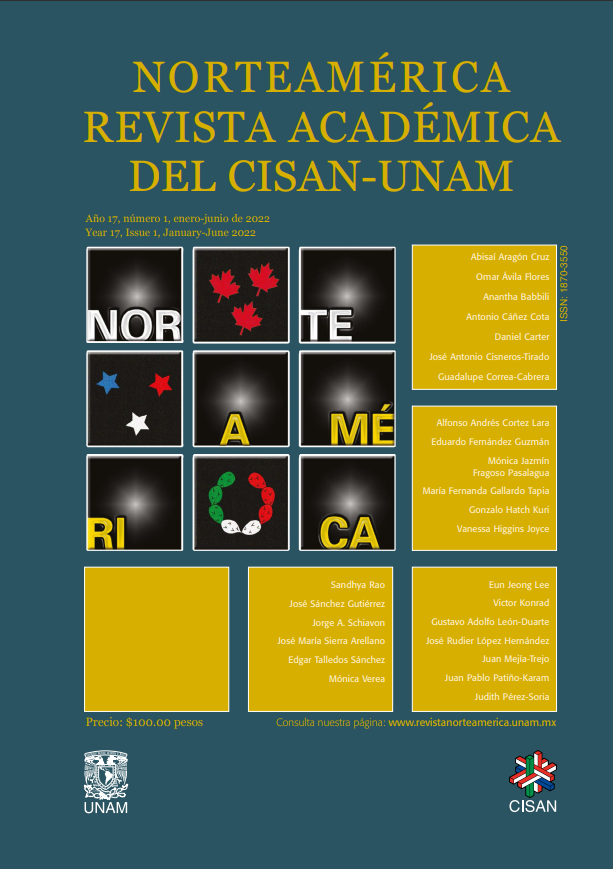Resumen
Tras el cierre parcial de las fronteras entre Canadá y EE.UU, y las de México-EE.UU. a causa de la pandemia de COVID-19 en el año 2020, y tomando en cuenta la nueva visión de la gestión de fronteras que ha evolucionado desde 1994, la cara de las fronteras de América del Norte se encuentra en constante cambio. El futuro de la frontera entre Canadá y Estados Unidos será esencialmente distinto de aquella entre México y Estados Unidos. La primera podría volverse menos robusta, mientras que la frontera que divide a México y Estados Unidos probablemente será reforzada. Tal divergencia se relaciona directamente con las desigualdades estructurales que caracterizan a esta región, magnificadas por la pandemia. El presente artículo analiza las fronteras de América del Norte durante los tiempos de COVID desde una perspectiva comparativa. Este ejercicio comparativo se centra en cuatro áreas temáticas principales: comercio, movilidad/migración humana, seguridad y salud pública.

Esta obra está bajo una licencia internacional Creative Commons Atribución-NoComercial-SinDerivadas 4.0.
Derechos de autor 2021 Guadalupe Correa-Cabrera



